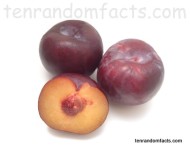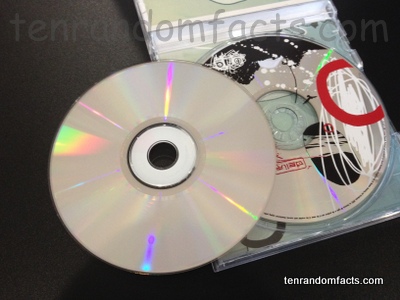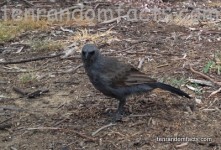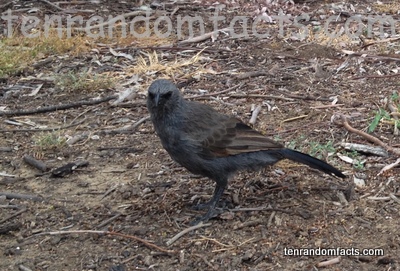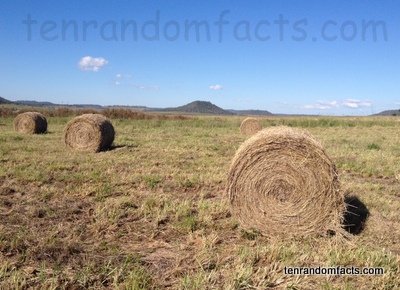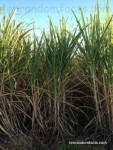
Sugarcane is a sweet success.
- Sugarcane is a group of grass species from the Saccharum genus, that belongs to Poaceae, the family of true grass; and sugar is extracted from the plants, that are usually grown for commercial purposes.
- Sugarcane is a perennial plant, native to areas of southern Asia, that grows best in tropical habitats, and reaches heights of between 2 to 6 metres (6.5 to 19.7 feet) and a diameter of roughly 5 centimetres (2 inches).
- Most commercially grown sugarcane is a hybrid that is generally a cross between the species Saccharum officinarum and Saccharum spontaneum, although there are a small number of other plants in the Saccharum genus that may be used for this purpose.
- Sugarcane plants takes 9 to 24 months to grow to maturity, depending on the climate, and they are the raw material that produces 80% of the world’s sugar production, while the plants are also used for making ethanol, molasses, bagasse, rum and other products.
- The majority of a sugarcane stalk is made of water, with up to three quarters possible, while up to 16% can be sugar, and the fibre content can be also be up to 16%.
- Many sugarcane farms were formed across the world beteween the 1800s and 1900s, and slaves from various locations were used as the primary labour.
- The fibres of the sugarcane plant can be woven into mats; used for papermaking purposes; and added to other fibres to make fabric.
- Australia, parts of the United States, Asia’s India and Indonesia, the Pacific Islands and South America – including Peru and Brazil, are popular sugarcane farm locations, while in 2013, Brazil was the largest producer of the crop in the world.
- The harvesting of sugarcane, which is accomplished by hand with a special tool or the use of a mechanical harvester, is done before the plant sets flower with its feathery tufts; and in many cases the crop is set alight beforehand to eradicate dangerous animals and leaves.
- Sugar is produced from sugarcane juice located in the stalk of the plant, and is done through a milling process, which involves crushing, heating, cooling and refining.
Bibliography:
The story of sugarcane: paddock to plate, 2010, Cane Growers, http://www.canegrowers.com.au/page/Industry_Centre/Schools_module/about-australian-sugarcane/
Sugarcane, 2015, How Stuff Works, http://science.howstuffworks.com/life/botany/sugarcane-info.htm
Sugarcane, 2015, Wikipedia, http://en.wikipedia.org/wiki/Sugarcane











